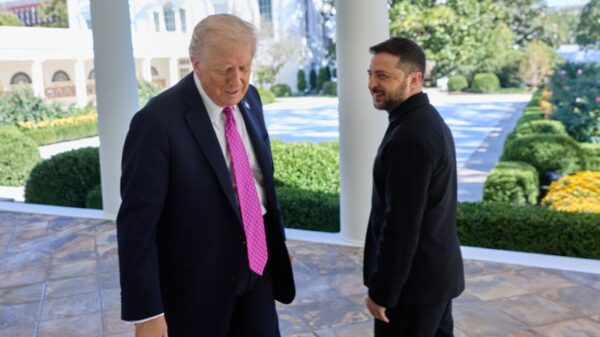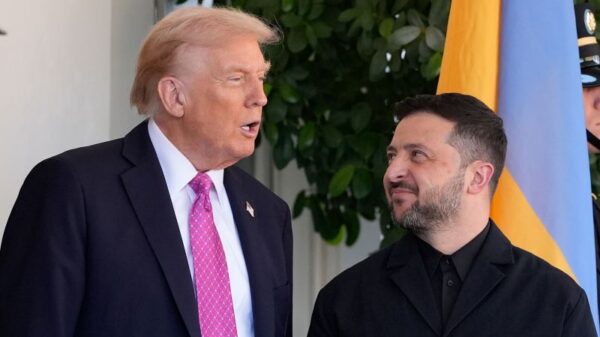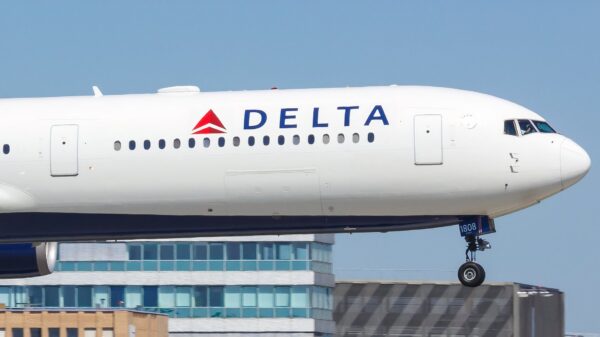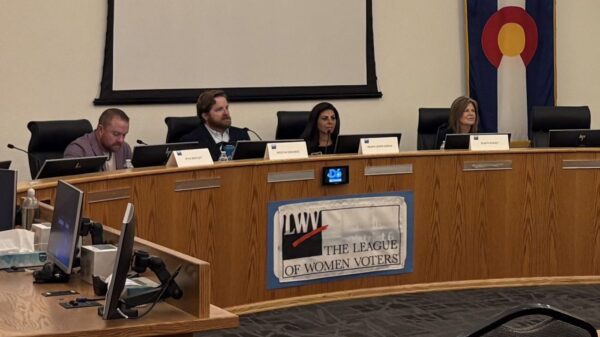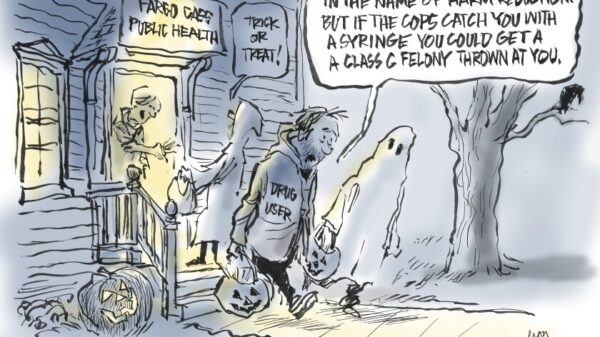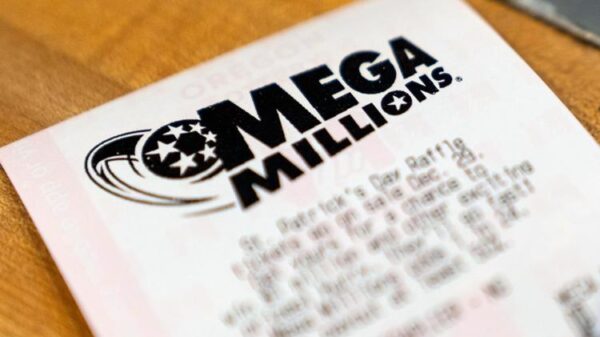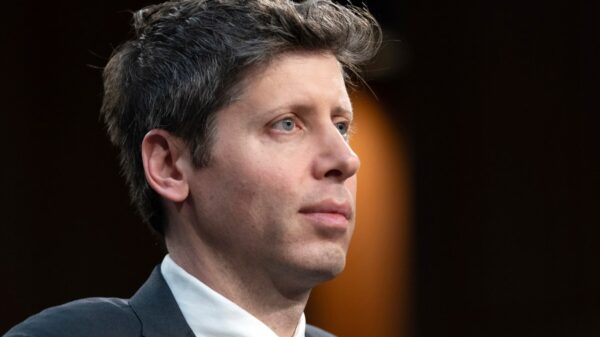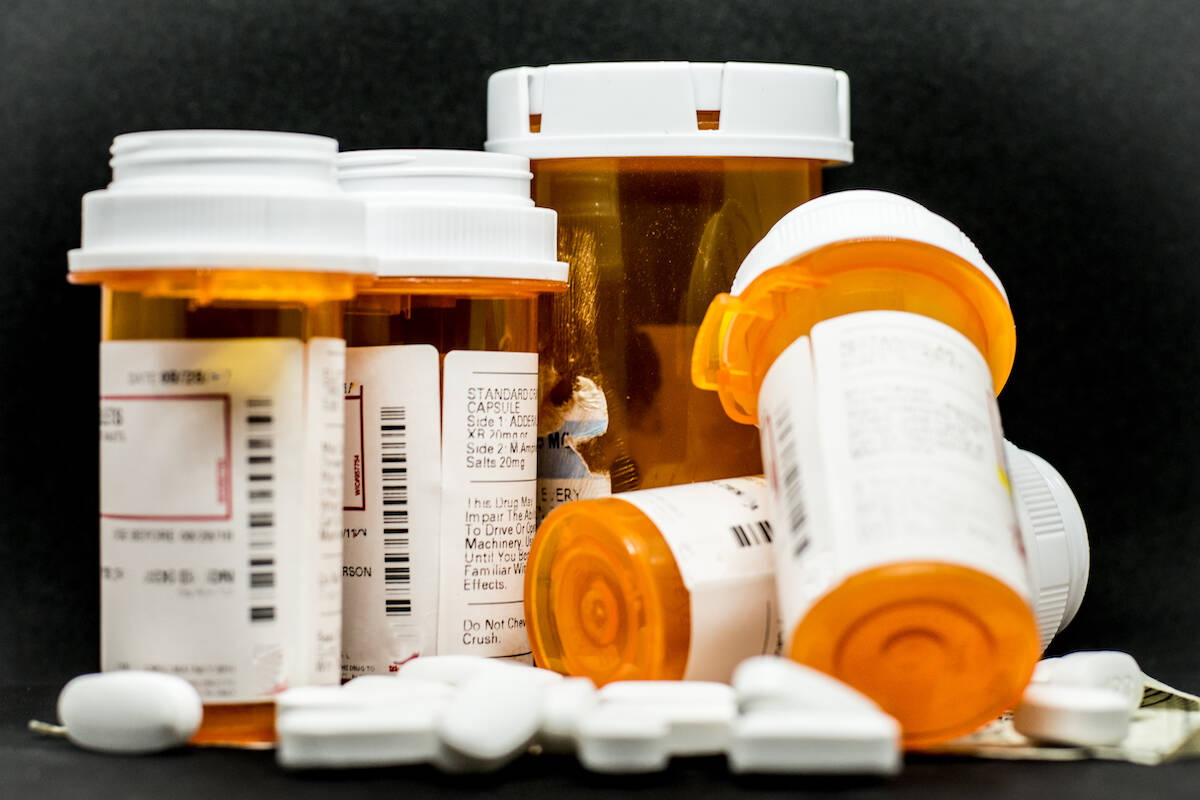President Donald Trump has taken a bold step in addressing the rising cost of prescription drugs by sending letters to 17 pharmaceutical companies. He has urged them to lower prices to match the “most-favored-nation” (MFN) rate, which is the lowest price offered in other developed nations. While Trump highlights that Americans often pay more for brand-name medications, the situation for generics is markedly different, as they make up over 90 percent of prescriptions in the United States and often come at significantly lower prices.
Instead of importing price controls from other countries, there are viable alternatives already available in the U.S. market. For instance, the GLP-1 weight-loss drugs from manufacturers Novo Nordisk and Eli Lilly typically list for over $1,000 a month. However, both companies provide a direct-to-consumer price of $499, effectively halving the retail cost. This pricing strategy bypasses intermediaries like pharmacy benefit managers and health insurers, allowing companies to offer lower prices directly to consumers.
A closer examination of Mark Cuban’s Cost Plus Drug Co. reveals further potential for cost savings. This nonprofit organization negotiates directly with drug manufacturers to offer hundreds of medications at prices significantly lower than traditional pharmacies. In February 2024, Network Health, a Wisconsin-based health plan, announced its collaboration with Cost Plus, claiming it was one of the first Medicare Advantage plans in the country to provide average prescription drug savings of up to 37 percent for its members.
The implications of these approaches are significant. Americans can access lower-cost prescription drugs, sometimes at prices even lower than those in many developed nations, without resorting to the complexities of MFN pricing. Moreover, the U.S. maintains a distinct advantage in drug availability. Approximately 85 percent of newly released medications are accessible in the United States, a stark contrast to many other developed countries, where less than half of new drugs may be available.
Most developed nations utilize government-run healthcare systems, where price negotiations often involve the government dictating the price a company must accept. If a drug manufacturer declines, patients in those countries may miss out on new treatments altogether. Some governments may even resort to compulsory licensing, allowing local manufacturers to produce medications without adhering to patent laws.
The irony of Trump’s MFN proposal is notable. The U.S. has the most innovative pharmaceutical industry globally, which drives up costs due to the extensive research and development involved in creating new therapies. Conversely, Trump himself operates luxury hotels and resorts, charging premium prices. It would likely be considered unreasonable if a foreign government compelled him to charge the same rates as the lowest hotels in other countries, yet he is applying this rationale to pharmaceutical companies.
Trump has opportunities to address these pricing discrepancies, especially through tariff negotiations. While he advocates for other nations to invest more in the U.S. economy, he has not pressed for higher payments for U.S.-manufactured drugs from those governments. As drug pricing remains outside the current tariff discussions, pharmaceutical companies may seek alternative strategies to reduce costs, such as adopting the direct-to-consumer models seen with Novo Nordisk and Eli Lilly.
Insurance providers are already encouraging consumers to bypass traditional pharmacies and consider bulk purchasing options for medications. Some companies are beginning to demand higher prices from developed economies, signaling a shift in the landscape. Legislative initiatives are also underway that would require pharmacy benefit managers to pass on more savings from discounts and rebates directly to patients.
The current landscape demonstrates that drug prices can be lower in the United States. A solution that embraces market-based strategies rather than implementing strict price controls could lead to more affordable medications for all Americans.






